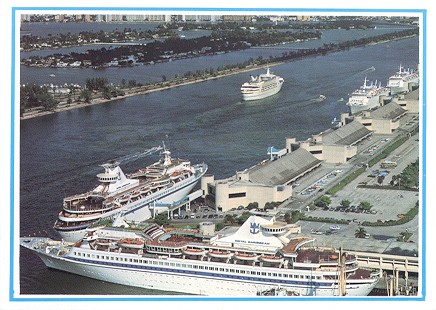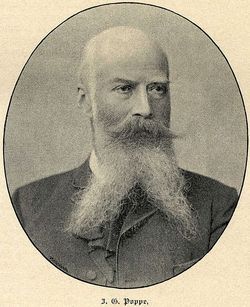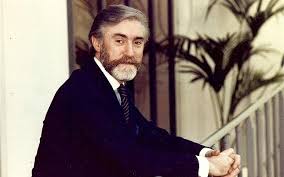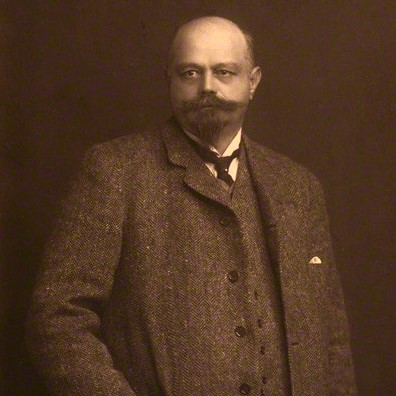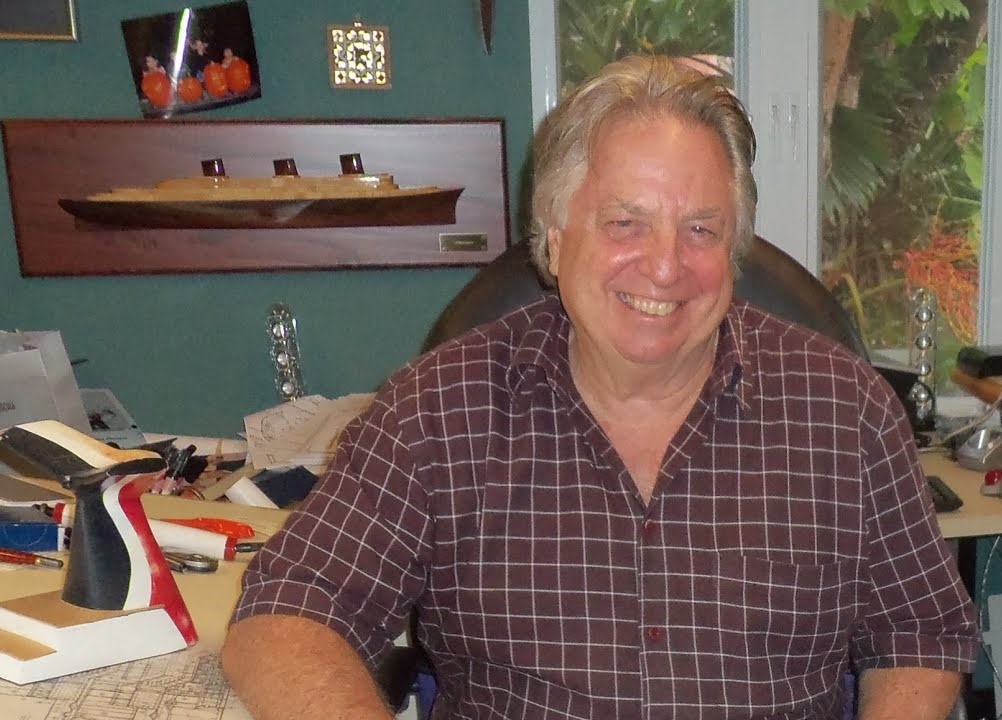All text and photographs (unless otherwise stated) © Paul Timmerman
After WWII most surviving passenger ships were engaged as troop transports, and after their service in this role ended, they were returned to their pre-war owners. By 1947/48 most lines had their vessels back in service.
Among these ships were a handful of full time cruise ships, mostly in the luxury segment, like Cunard’s Caronia and Bergen Line´s Stella Polaris.

In Europe as well as in America , mostly older, converted liners were used in the cruise trades. Costa Cruises, Home Lines, Sitmar and Chandris all slowly switched from the migrant trade to cruising as they lost their profitable government-contracts to carry emigrants and mail. For example Home Lines was one of the first shipping companies in 1963 to switch to cruising entirely, at the time a bold step.
Newcomers in the cruise business like Typaldos and Epirotiki from Greece also used second hand tonnage consisting of converted or just upgraded vessels. Rebuilt ferries, tenders and even a former tanker, Typaldos´ Iraklion were pushed into cruise service.
Many passenger ships were built in this era with just liner service in mind and these became highly unprofitable to run in the second half of the fifties with the advent of the jet aircraft. In 1959, six months after the first commercial flight across the North Atlantic, for the first time more people flew across the Atlantic rather than sail on a liner.
Greek Chandris Lines was the leading company when it comes to examples of succesful conversions from liner to cruise ships: the German Bremen became Regina Magna, British Kenya Castle was rebuilt as Amerikanis and the American ss America was rebuilt first as the high density liner Australis and later adapted to cruising as Italis.
Suddenly ship owners with vessels solely in liner service faced severe problems as their ships were losing money rapidly.
They had to react immediately and did so in several ways:
– Some liners were taken out of service and were adapted to or even fully rebuilt for cruise service,
– Existing liner voyages were marketed as cruises and second or even upgraded third class accommodation was sold as tourist class cabins to attract a new kind of passengers.


These days, passengers sailing on passenger ships expected their quarters on board to reflect the same standards as they found in hotels or even just at home. In the ‘50s and ‘60s, the standard of living had improved significantly, more people both had money and time to travel; cruising wasn’t just for the rich anymore. Borders between classes on board diminished, not only at sea of course, but ashore as well.

An example of this is the cruise ship Reina del Mar (1955) of the Union Castle Line, a vessel catering for the less demanding passenger than those who sailed on board Caronia (1948, Cunard Line) or Andes (1939, Royal Mail Lines). She even took part in a special scheme developed by a Mr. Wilson whose firm Travel Savings Association organised inexpensive cruises.
The famous Queens (Queen Mary, Queen Elizabeth) the France, the United States and the Italian Michelangelo and Raffaello were all completely unfit for cruising without spending vast amounts of money on rebuilding these ships. For example their lay-out couldn’t be changed to one class without major alterations, they lacked airconditioning and outside swimming pools, their draft was to deep to visit small ports popular in cruise service, etc.

Cunard Line tried to adapt the Queens for cruising, by installing outdoor pools and solving the airco-problem, but both were a financial disaster and were taken out of service in 1967 (the Mary) and 1968 (the Elizabeth) respectively.
The pride of the French, the 1962 built France, was sold to a Norwegian firm and after being converted to the cruise ship Norway was the only one of this breed of ships that would see further service as a cruise vessel…..
Some shipping lines seriously looked into the future, and recognised in time that generating money from liner service would soon end and that their vessels had so be suited for a dual role: liner service as well as cruising, with the emphasis on the last.
Holland America Line was one of these firms with insight and reacted twofold:
– They introduced two intermediate (15.000 GRT) vessels, Rijndam (1951) and Maasdam (1952). These vessels offered almost exclusively tourist accommodations (just a handful of first class cabins were provided),
– A new ship which that could easily be converted from liner to cruise service : the brand new Rotterdam V of 1959. She was fitted with an ingenious stairway with sliding panels so she could switch from two class liner to one class cruise ship as desired. She made her final voyage in liner service in 1969 and after that sailed as a full-time cruise ship until 2000 without any reconstruction needed whatsoever.

Many of these dual purpose liners followed, like Canberra (1961) and QE2 (1969). QE2 would soldier on until 2008 as one of the last transatlantic liners (she has been relieved by the Queen Mary 2 in 2004, after which she has become a full time cruise ship). All other dual purpose liners switched to full time cruising in the sixties or seventies.
During the sixties and the beginning of the seventies, four business men would lay the foundations for cruise companies still existing today which have strongly influenced the cruise industry.
Stan Mc Donald – founder of Princess Cruises in 1964. This line started operations with Mexican and Alskan cruises with the chartered Princess Patricia and in the seventies added the Sun Princess, Island Princess and Pacific Princess. The latter two ships became famous for starring in the TV-series “The Love Boat” which put cruising on the map for the public.
Knut Kloster – founder of Norwegian Caribbean Line in 1966. Kloster started with operating a former ferry Sunward on week long cruises from Mimai and this is seen by many as the real starting point for modern cruising as we know it today. He quickly added Southward, Skyward and Starward which were in fact enlarged versions of the Sunward.
Edwin Stephan – founder of Royal Caribbean Cruise Line in 1970. Stephan saw great potential in cruising and foremost in Caribbean cruising. He convinced three Norwegian shipowners to invest in his newly formed company and started operations with three newbuildings which became famous for a bar wrapped around their funnel: Song of Norway, Sun Viking and Nordic Prince.
Ted Arison – founder of Carnival Cruise Lines in 1972. Arison had teamed up with Knut Kloster in the beginning, founding Norwegian Caribbean Line,but they parted after Arison decided he wanted to start his own cruise line. He acquired the former liner Empress of Canada and renamed her Mardi Gras. He converted the liner to a Fun Ship, his trademark by adding bars, a large casino, discos etc. to liven things up and his approach was a huge succes. This allowed him to again convert two former liners and succesfully operate them as Carnivale and Festivale.
